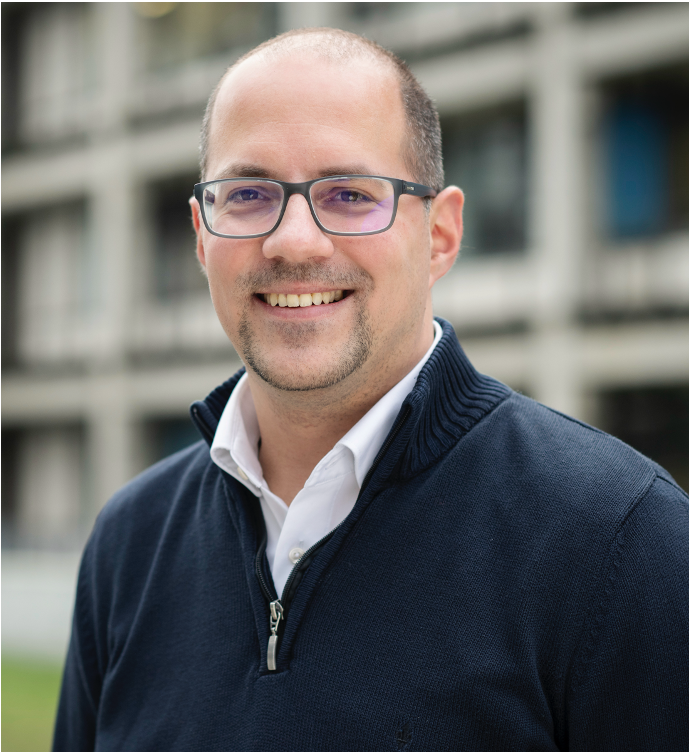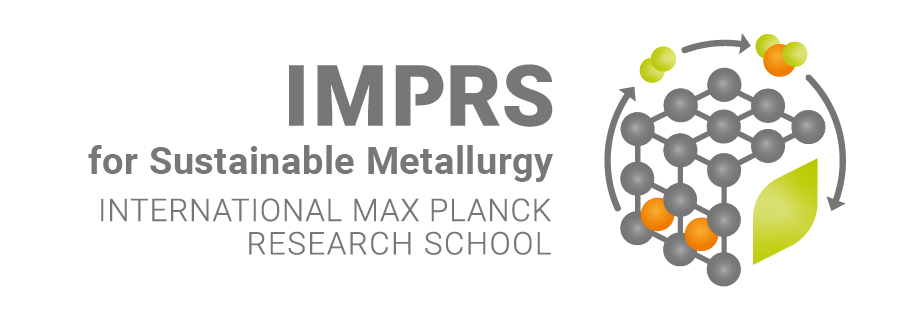 Design of sustainable luminescent materials - from basics to real applications
Design of sustainable luminescent materials - from basics to real applications
Speaker: Jun-Prof. Markus Suta, Heinrich Heine University Düsseldorf
Host: on invitation of Prof. Dierk Raabe
Abstract
Luminescent materials are ever important for various applications such as sustainable LED phosphors,[1] upconversion nanocrystals,[2] or luminescent thermometers[3] to mention just a few. For all of these applications, a firm understanding of the interplay between the radiative and non-radiative decay pathways is crucial for targeted design. Within this tutorial lecture, I will demonstrate that for the case of two luminescent materials classes. In the first part, an overview of the requirements for phosphors for both phosphor-converted white-light LEDs and displays will be given. Narrow-band emitting UCr4C4-type phosphors based on the rare-earth ions Eu2+ or Ce3+ fulfill many of the desired requirements suited for these applications [4]. Despite this success, however, our economic dependence on few global export players for the rare-earth elements demands a more sustainable resource strategy. I will show how the more abundant transition metal ions Mn2+ and Cr3+ can be made competitive alternative activators [5].
Another emerging materials class are luminescent Boltzmann thermometers. They essentially rely on non-interacting emitting centers with two thermally coupled and radiatively emitting states. The luminescence intensity ratio then follows Boltzmann’s law. Trivalent lanthanoids with their narrow line 4fn-4fn luminescence embedded into micro- or nanocrystalline compounds have emerged here. The ultimate desire to design such thermometers for the application of interest (e.g. catalysis, biothermal imaging) requires, however, a careful understanding of both thermodynamic and kinetic concepts of their performance [6]. It will be demonstrated that precise temperature measurements with these thermometers are fundamentally limited to only a small temperature window and what are strategies to overcome this obstacle [7,8]. As it turns out, this approach has a much deeper connection to a fundamental understanding of the nature and control of non-radiative transition rates [9–11], which could open a whole new perspective on the sustainable control of the efficiency of inorganic phosphors quite generally.
References
[1] a) P. Pust, W. Schnick et al., Nat. Mater. 13 (2014) 891; b) G. J. Hoerder, H. Huppertz et al., Nat. Commun. 10 (2019) 1824; c) M. Zhao, Q. Zhang, Z. Xia, Acc. Chem. Res. 1 (2020) 137.
[2] a) F. Wang, X. Liu, Chem. Soc. Rev. 38 (2009) 976; b) W. Zheng et al., Chem. Soc. Rev. 44 (2015) 1379; c) C. Lee et al., Nature 589 (2021) 230.
[3] a) C. D. S. Brites, S. Balabhadra, L. D. Carlos, Adv. Opt. Mater. 7 (2019) 1801239; b) C. D. S. Brites, R. Marin, M. Suta et al., Adv. Mater. (2023), 35, 2302749.
[4] a) F. Ruegenberg, A. García-Fuente, H. Huppertz, M. Suta et al., Adv. Opt. Mater. 9 (2021), 2101643; d) F. Ruegenberg, A. García-Fuente, H. Huppertz, M. Suta et al., Adv. Opt. Mater. 11 (2023), 2202732.
[5] a) L. M. Träger, L. C. Pasqualini, H. Huppertz, J. Bruns, M. Suta, Angew. Chem. 135 (2023), e202309212; Angew. Chem. Int. Ed. 62 (2023), e202309212; b) ) I. Widman, G. Kinik, R. Glaum, M. Suta, H. Huppertz et al., Adv. Funct. Mater. 34 (2024), 2400054.
[6] M. Suta, A. Meijerink, Adv. Theory Simul. 3 (2020), 2000176.
[7] D. Yu, H. Li, D. Zhang, Q. Zhang, A. Meijerink, M. Suta, Light: Sci. Appl. 10 (2021), 236.
[8] B. Bendel, M. Suta, J. Mater. Chem C 10 (2022), 13805-13814.
[9] P. Netzsch, M. Hämmer, H. A. Höppe, M. Suta et al., Adv. Opt. Mater. 10 (2022), 2200059
[10] T. P. van Swieten, A. Meijerink, M. Suta et al., Light: Sci. Appl. 11 (2022), 343.
[11] a) M. Suta, Nanoscale, Advance Article (2025), DOI: 10.1039/D4NR04392H; b) B. Bendel, D. Pham Thuy, M. Suta et al., submitted to Nat. Photon. (2025).
 Jun-Prof. Markus Suta is a
Jun-Prof. Markus Suta is a
chemist and physicist. He is Junior
Professor for Inorganic Photoactive
Materials at the Heinrich Heine
University (HHU) Düsseldorf,
www.photoaktivematerialien.hhu.de

